Summer shoes made of fish leather
Artefact of the month - July 2023
When we think of footwear during times of shortage, we usually remember wooden-soled paper rope shoes and tallukkaat that were made from fabric scraps. However, there were also alternative materials in use, including fish leather. The National Museum of Finland collections include two pairs of stylish summer shoes with dyed fish leather as their surface material. One pair was acquired during the Continuation War, while the other was obtained immediately after the war. But where did the fish leather for these shoes come from, and why did the use of this material not continue after the years of shortage?
Time of rationing – where did the footwear come from
In autumn 1939, the Ministry of Emergency Supply (Kansanhuoltoministeriö) was established in Finland. Its responsibilities included overseeing the domestic production, distribution and consumption of essential commodities. These arrangements aimed to ensure a fair distribution of necessary supplies to the citizens. State ration cards were introduced, and the first item to be rationed was sugar in October 1939. After the Winter War, during the autumn of 1940, items such as soap and cleaning agents, as well as clothing and footwear, were subjected to rationing.
Leather was needed for military use, and civilians received whatever was left. When buying shoes, a customer had to ensure that they had only two pairs of shoes and e.g. any outgrown children's shoes had to be sold to the shoe store when purchasing new ones. The same applied to rubber boots. The control over the distribution of footwear was very strict. Obtaining a shoe permit was not easy, because those who needed leather shoes for their work were given priority at the Office of Emergency Supply.
Old shoes were used, repaired and refurbished for as long as possible, with all leather being carefully preserved. Local cobblers repaired and crafted new shoes using old leather or e.g. the hide of a slaughtered animal. Due to the scarcity of footwear, ski boots became the most common choice for the general public.
Soon, the development of shoes using materials other than leather began. Wooden soles were used, while uppers were made of paper and fabric. Cuts were made in the thick wooden soles to provide some flexibility. Woven paper cord was used as the upper material, and the shoe openings were lined with textile tape. Even the shoe laces were made of fabric. The clattering sound of wooden soles could be heard from afar, and paper shoes proved to be inconvenient in the rain as the material would deteriorate when exposed to moisture.
During the winter, felt boots, known as "tallukkaat," were used in freezing weather. Tallukkaat were made entirely of fabric, with multiple layers of fabric stitched together. The soles were often made from old felt boot tops, and the uppers were crafted from fabric obtained from old woolen trousers and jackets. Tallukkaat kept the feet warm, but they were not particularly resistant to moisture.
The use of fish leather
The use of fish leather has a long-standing tradition among indigenous communities in the northern hemisphere. It has been particularly prevalent in the northern regions of Asia, Canada, Alaska and Scandinavia. Fish leather has been used to make various items, including footwear, jackets, bags and purses. The knowledge and skills of fish leather processing were traditionally passed down through generations as oral traditions, but eventually this knowledge disappeared and was forgotten. However, during the 20th century, the scarcity of traditional leather during times of war led to a revival of this ancient tradition. Fish leather became a substitute material during times of shortage.
In the collections of the National Museum, there are shoes made from dyed fish leather, one pair in blue and the other in red, presumably made from cod leather. The fish leather is sewn together using relatively small pieces and then glued onto fabric. The soles of the shoes are made of leather, possibly pre-war soles, with the upper part being made from fish leather as a substitute material. The blue shoes were acquired in 1942-1943, reportedly from a shop on Unioninkatu street in Helsinki. The red shoes were obtained immediately after the war.
During and immediately after the war, fish leather was imported from Denmark to meet the needs of the Finnish shoe industry. The leather was from cod, plaice and eel. The fish leather was glued onto another material, usually fabric, to make them more durable. Fish leather was also used in making bags. Fish leather was a good and durable material, but as genuine leather started to become available in the market again, the use of fish leather was discontinued, and the import from Denmark ceased. Fish leather was considered a substitute for real leather and was no longer desired once the period of rationing was over.
The leather used in the shoes at the National Museum is most likely imported from Denmark since the shoes were industrially manufactured. However, it is known that fish leather was also produced domestically in Finland for use on the home front, particularly for women's and children's shoes. The same phenomenon occurred in other Nordic countries as well.
The rationing of footwear did not end with the conclusion of the war, and the availability of leather shoes even worsened after the war. Rationing continued for several years, and it was not until the beginning of June 1949 that the Ministry of Emergency Supply released all leather products from point and coupon sales. It has been estimated that the five years of war resulted in a shortage of 5.5 million pairs of leather and rubber shoes, requiring years of work to make up for the deficit.
Satu Frondelius
Literature
TALVELLA TALLUKKAAT – KESÄLLÄ PAPERIKENGÄT. Haastattelututkimus pula-ajan vaikutuksesta Etelä-Satakunnassa ja Suomessa. Jaana Virkkunen. Open here.
Hanna Nore, Kalannahan jäljillä – Vesiemme unohdetut aarteet. 2023.



-
2024
-
2023
-
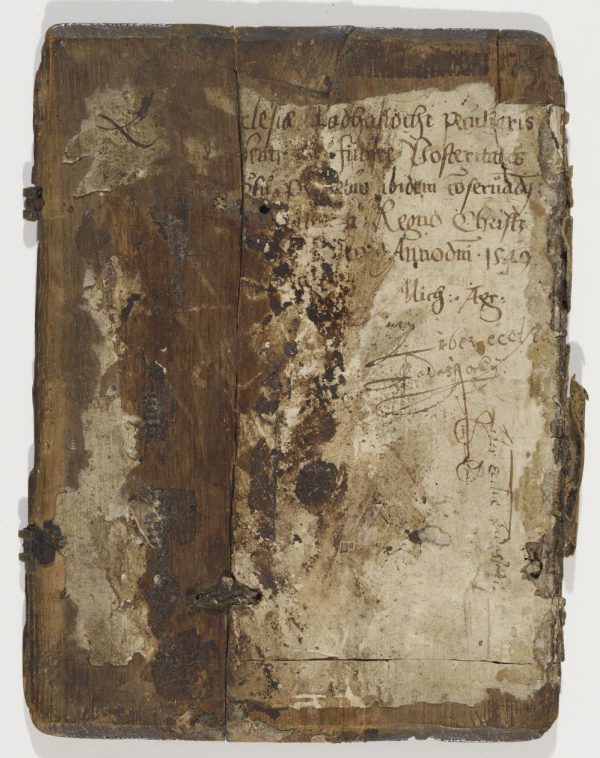 Book cover
Book cover
-
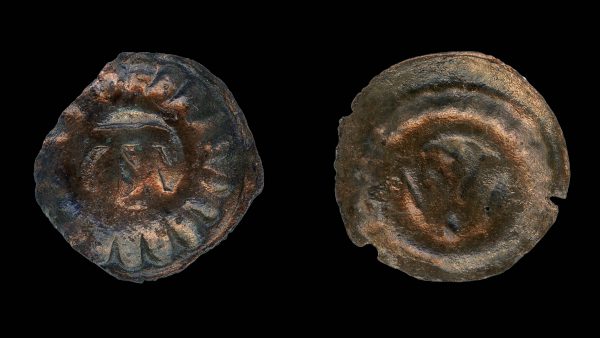 Pennies found in Häme Castle
Pennies found in Häme Castle
-
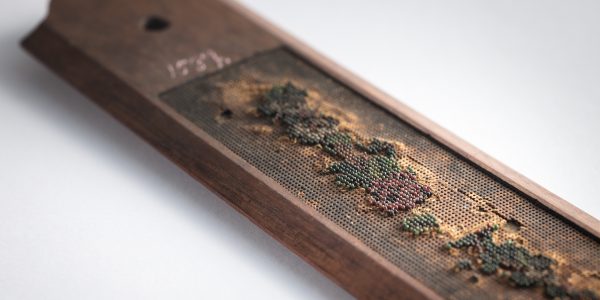 Ruler received by Aleksis Kivi as a consolation gift
Ruler received by Aleksis Kivi as a consolation gift
-
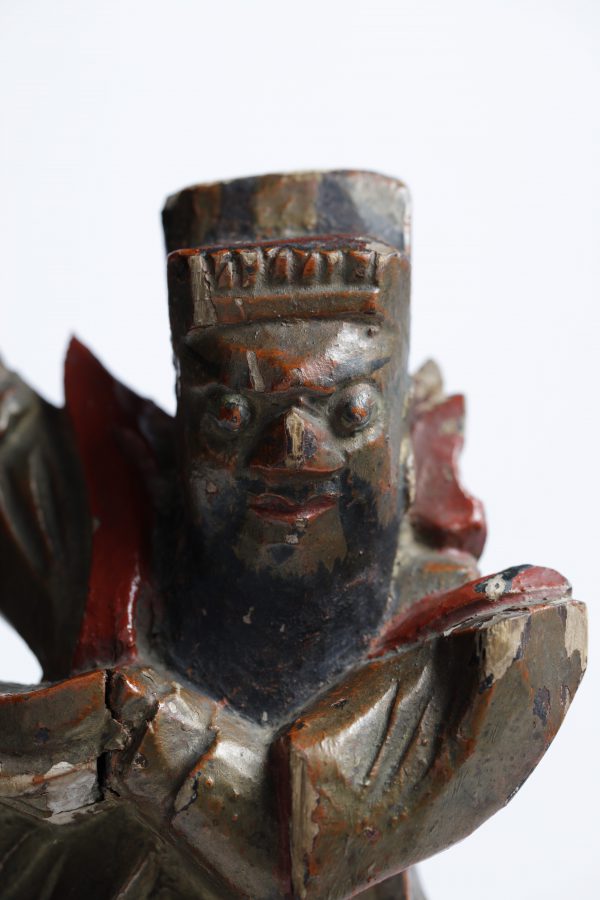 Caishen, god of wealth
Caishen, god of wealth
-
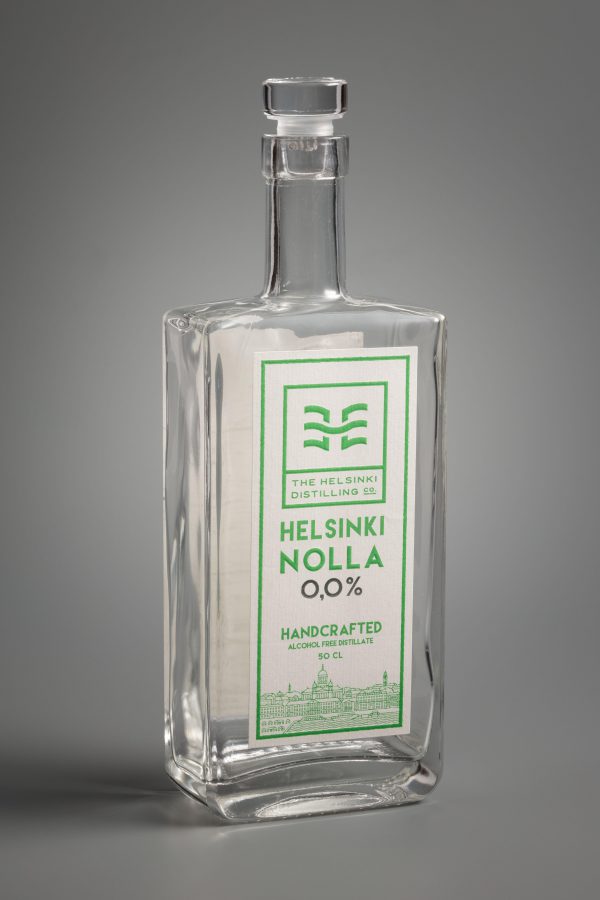 Sober curious phenomenon
Sober curious phenomenon
-
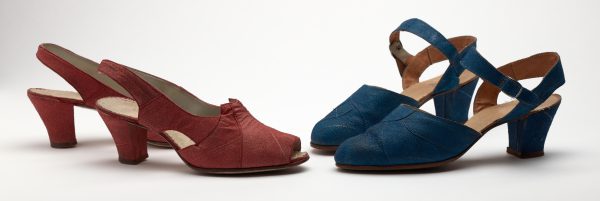 Summer shoes made of fish leather
Summer shoes made of fish leather
-
 Book briefcase of the Finnish Seamen's Service
Book briefcase of the Finnish Seamen's Service
-
 Nyytinkirukki lace pillow
Nyytinkirukki lace pillow
-
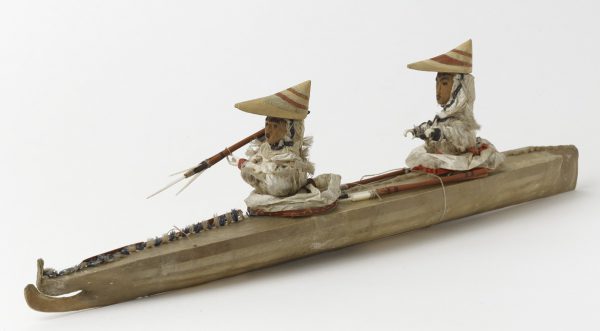 Arctic vessels and scale models
Arctic vessels and scale models
-
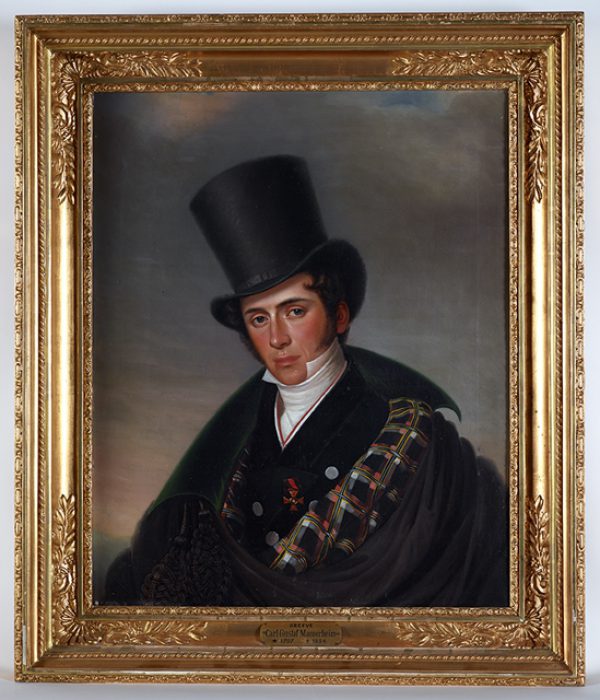 Portrait of a young dandy: Carl Gustaf Mannerheim
Portrait of a young dandy: Carl Gustaf Mannerheim
-
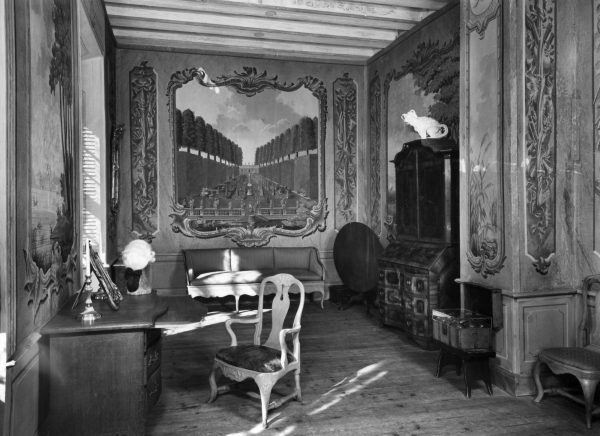 Painted Wall Covering in the Devil’s Chamber
Painted Wall Covering in the Devil’s Chamber
-
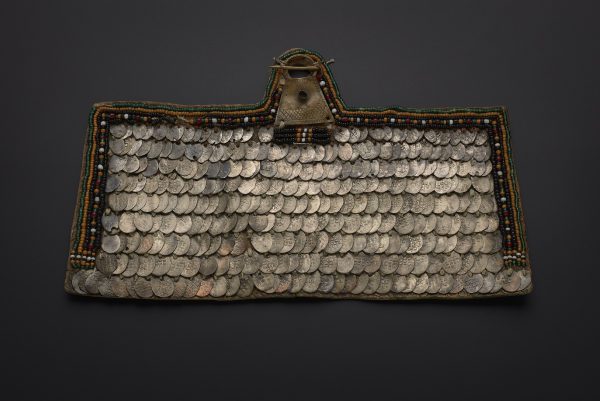 Šerkämä – Women’s brooch
Šerkämä – Women’s brooch
-
-
2022
-
2021
-
2020
-
2019
-
2018